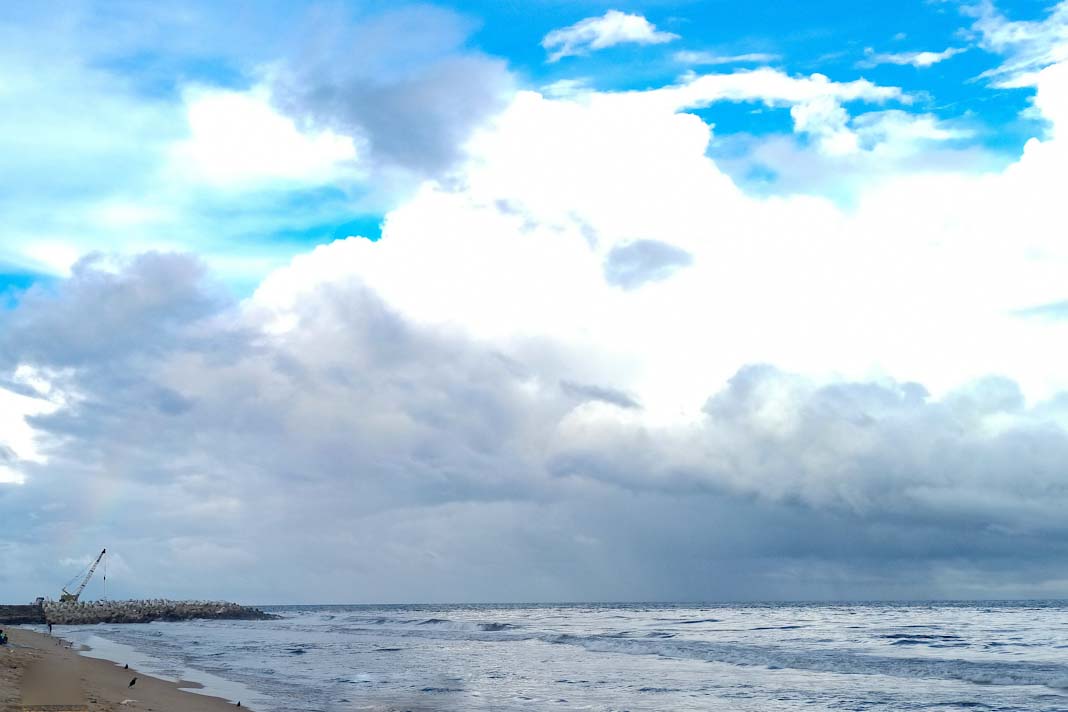 Amidst the Arctic’s evolving landscape, the Northwest Passage emerges as a colorful wonderland and a maritime corridor undergoing dramatic change.
Amidst the Arctic’s evolving landscape, the Northwest Passage emerges as a colorful wonderland and a maritime corridor undergoing dramatic change.
Arctic Kaleidoscope
As climate shifts shrink sea ice, vibrant tundra and increased ship traffic redefine this historic route, stirring both optimism and concerns.
“People usually think it’s ice and glaciers and rocks. And then you get there and you see these meadows, with all the different plants,” Michael Wenger said, speaking by phone from Reykjavik, Iceland, where he was attending an Arctic Circle Assembly conference.
Maritime Evolution
As Arctic sea ice retreats, the Northwest Passage opens, inviting more explorers to witness its vibrant landscapes. Climate shifts altering Arctic flora coincide with this ice decline, transforming the historically frozen corridor.
Bernard Funston, of the Canadian Polar Commission, notes the alarming speed of these changes. With a warming planet, ship traffic surges through this once-forbidden route, raising hopes for commerce but also environmental and social concerns.
Bernard Funston Words:
“It’s happening at a crazy rate,” said Bernard Funston, former chairman of the Canadian Polar Commission. National observer
The 1,450-kilometer passage, steeped in legend, connects the Baffin Bay and the Beaufort Sea, historically impassable for transcontinental shipping until 2013 when a bulk freighter made the pioneering end-to-end journey.
Did you subscribe to our daily newsletter?
It’s Free! Click here to Subscribe!
Source: National observer















